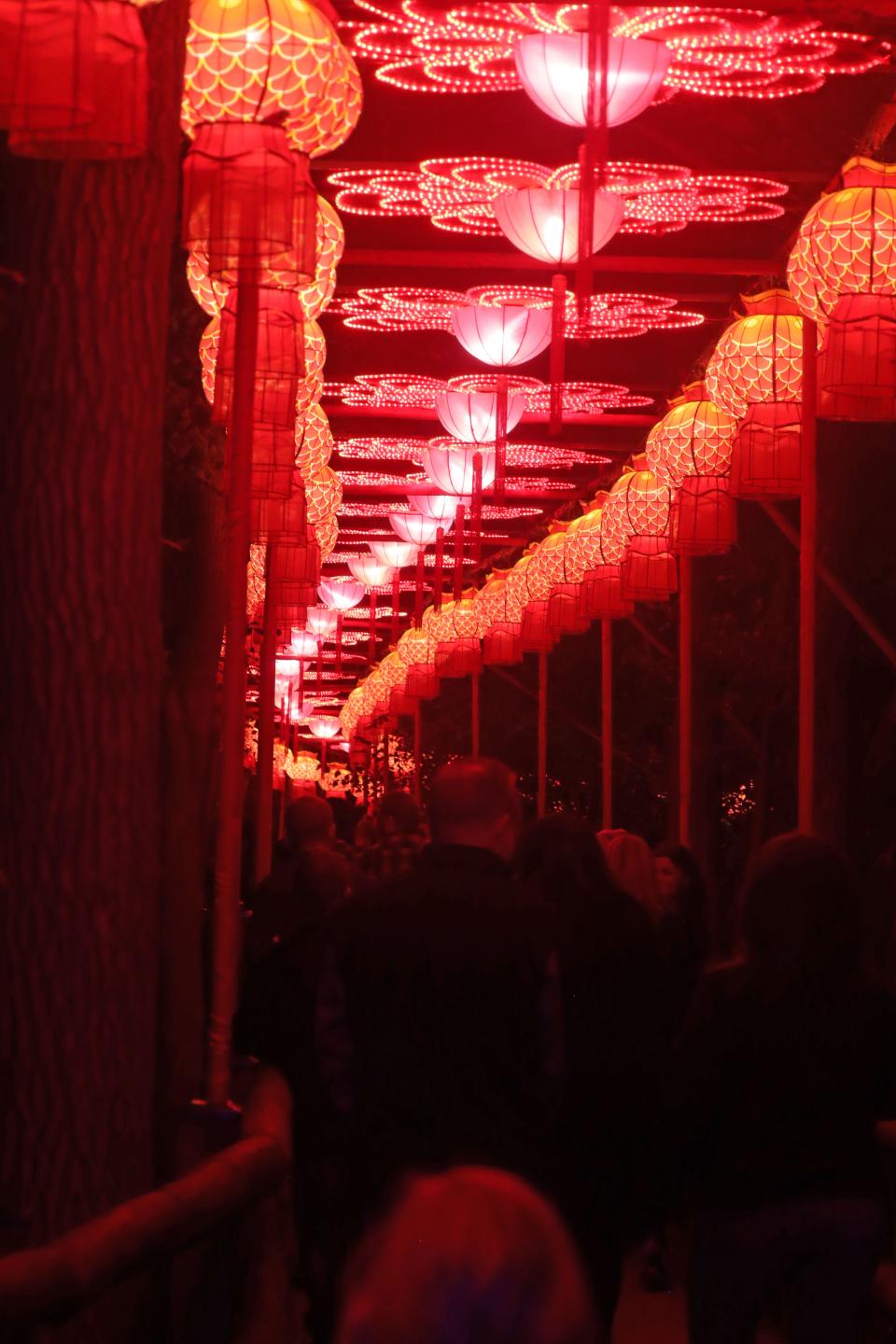What you need to know about the Lunar New Year holiday that kicks off Sunday
Goodbye, Year of the Tiger. Hello, Year of the Rabbit.
By some estimates more than a billion people around the world on Sunday begin celebrating the Lunar New Year, also known as the Chinese New Year.
In China, celebrations last 15 days, the time it takes for a new moon to become a full one. The festivities culminate in the Lantern Festival, where colorful lanterns light up houses and traditional foods such as yuanxiao (sticky rice balls that symbolize family unity), fagao (prosperity cake), and yusheng (raw fish and vegetable salad) are served, according to Encyclopedia Britannica.

Here's what you need to know about the holiday.
Is Lunar and Chinese New Year the same thing?
Yes, although the holiday isn't just celebrated by the Chinese. According to The Washington Post, more than 1 billion people take part in the holiday's festivities, including people in China, Taiwan, South Korea, Vietnam, Singapore, Malaysia, other Asian countries and the United States.
Why is it called the Lunar New Year?
This may sound obvious, but the holiday is called Lunar New Year because it follows the phases of the moon. The Lantern Festival, celebrated in China and elsewhere, marks the first full moon of the new year.
How long is the Lunar New Year and what does it represent?
Unlike western New Year, Lunar New Year lasts longer than one day. The amount of celebration days depends on the culture. Some observances are longer than others.
The Lunar New Year is based on a different calendar than the Gregorian calendar, which many western countries, including the U.S., use. The Lunar calendar is based on the moon's 12 phases. Each phase lasts about 29 days, and the full calendar is around 354 days long.
In China, Lunar New Year lasts from the new moon to the next full moon. This is a 15-day span until the fifth day of the lunar month, said Xiaoquan Raphael Zhang, director of the Chinese program at American University.
In 2023, Lunar New Year begins on Sunday and ends on Feb. 5.
The first day of Lunar New Year is called the Spring Festival, and the final day is the Lantern Festival in Chinese culture, Zhang told USA Today.
What does the Year of the Rabbit represent?
In the Chinese Zodiac, there are 12 animals; each with its own attributes and characteristics. These 12 animals coincide with the lunar calendar and fall in a 12-year cycle.
The order of the Chinese Zodiac is:
Rat
Ox
Tiger
Rabbit (in Vietnam, the rabbit is replaced by cat)
Dragon
Snake
Horse
Goat
Monkey
Rooster
Dog
Pig
Last year, 2022, was the Year of the Tiger, which is commonly associated with bravery, courage and strength. This year, 2023, will be the Year of the Rabbit.
"People believe that the people born in that year will carry some of the nature or the property of these animals," Zhang told USA Today.
For the rabbit, people born in its year are seen as caring, attentive to details and likely to follow rules, he said. They are also said to be successful in their careers and good at making friends.
USA Today reporter Olivia Munson contributed to this article.
Monroe Trombly covers breaking and trending news.
mtrombly@dispatch.com
@monroetrombly
This article originally appeared on The Columbus Dispatch: Lunar New Year on Sunday ushers in the Year of the Rabbit.

